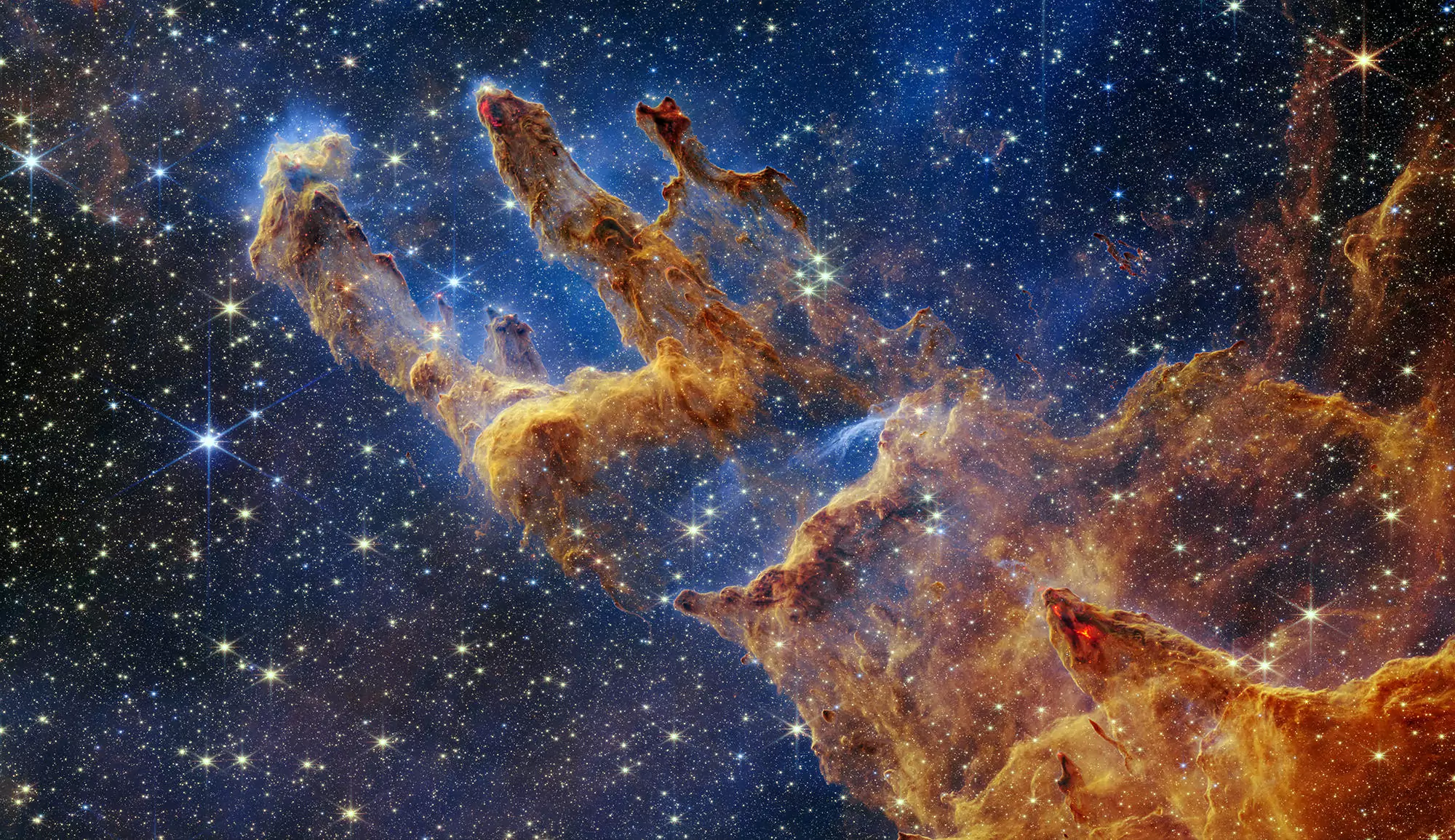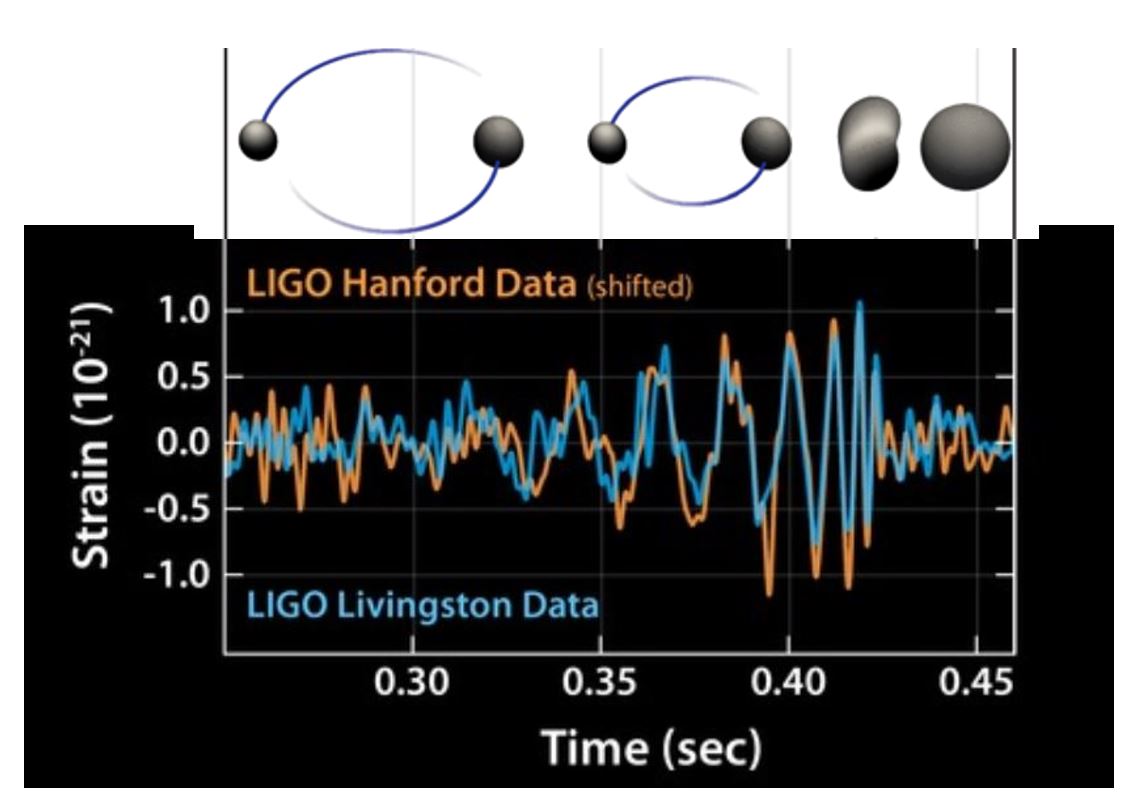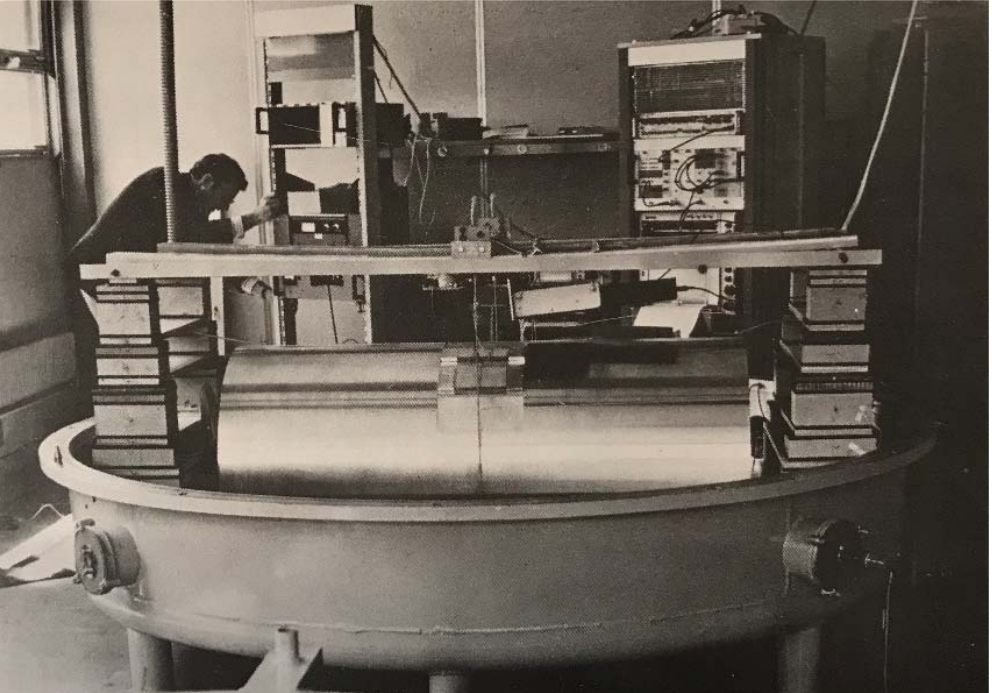Interview with Éric Gourgoulhon to find out how theorists are preparing for the advent of future instruments.
Éric Gourgoulhon is a CNRS research director at LUX. His work focuses on relativity, gravitation, and compact objects such as black holes and neutron stars.
Where were you and how did you feel when the first detection of gravitational waves was officially announced on February 11, 2016 ?
My colleagues from the Relativity and Compact Objects team at LUTH (now LUX) and I were at the CNRS headquarters in Michel-Ange (Paris 16th arrondissement), where the announcement of the discovery was broadcast. It was of course very emotional, after so many years of waiting !
This detection went far beyond providing experimental proof of the existence of gravitational waves (which we were all convinced of) : it paved the way for a new branch of astronomy. The LIGO and Virgo interferometers have become a new kind of “observatory,” providing us with information about black holes and neutron stars that we would not have with electromagnetic waves—the traditional vector of astronomy.
Ten years later : what has changed in your daily work ?
Gravitational wave astrophysics has become an extremely dynamic field of research, with a significant increase in the number of researchers and numerous conferences.
In France, activity in both theory and detectors is coordinated by the Gravitational Waves Research Group, which was created in 2017 by the CNRS and whose 7th general assembly was held at the Observatory in Meudon in 2023. It is very motivating to work in such an environment, with so many opportunities for collaboration !
“Physics is never static.” In concrete terms, what do gravitational waves allow you to test, and what do you expect from LISA and the Einstein Telescope ?
On the one hand, gravitational waves allow us to test general relativity. So far, two major predictions of general relativity have been confirmed :
- gravitational waves travel at the speed of light - verified by the detection of the merger of two neutron stars on August 17, 2017 ;
- and black holes in equilibrium are described by the Kerr metric (the mathematical “map” of space-time around a rotating black hole) - verified with the black hole resulting from the merger of two others, observed on January 14 this year with a signal-to-noise ratio of 80, a record !
In addition to testing gravity, gravitational waves provide us with information about black holes and neutron stars. They have revealed a population of “stellar” black holes that are more massive than expected (from several tens to a hundred solar masses) and have placed constraints on the equation of state of neutron matter.
LISA’s objective is to access much lower frequencies (around MHz) than those in LIGO/Virgo/Kagra (10 Hz to 1 KHz) and thus observe supermassive black holes, such as Sgr A* at the heart of our galaxy. With Alexandre Le Tiec (LUX), Frédéric Vincent (LIRA), and Niels Warburton (University College Dublin), we showed in 2019 that LISA will be able to detect many small bodies orbiting Sgr A*, including possibly low-mass black holes (at least one Earth mass), which could have been created in the early Universe.
LISA will also observe mergers of extragalactic supermassive black holes, or the slow downward spiral of a compact object toward a supermassive black hole. The latter event will allow us to test Kerr’s metric with unparalleled precision, and perhaps even discover some surprises !
As for the Einstein Telescope, it should observe mergers of neutron stars and stellar black holes with greater precision than LIGO, Virgo, and Kagra, and with a much higher event frequency. This will provide unique data on the physics of neutron matter and enable detailed tests of gravity. For the latter, it is crucial to have theoretical predictions of the waveforms emitted by binary systems. LUX researchers are participating in this effort. Philippe Grandclément is numerically calculating initial configurations for the evolution of binary black hole systems in numerical relativity, while Laura Bernard and Alexandre Le Tiec are using sophisticated analytical calculations to determine the waveforms emitted by binary systems in general relativity.
Co-leader of the waveform group within the Einstein Telescope project, Laura Bernard also performs these calculations within the framework of alternative theories, known as “tensor-scalar” theories. It is important to bear in mind that general relativity, as beautiful as it is, is certainly not the ultimate theory of gravity ! In particular, it is a non-quantum theory, incapable of describing what happens at the heart of black holes or at the origin of the Big Bang.
In short, gravitational wave astronomy, with LISA and the Einstein Telescope, offers bright prospects for both fundamental physics and the astrophysics of compact objects (neutron stars and black holes). ◼
Ten years on : where are we headed ?
• SVOM satellite launched in 2024 ; if it had been flying in 2017 at the time of the gravitational wave observation of the merger of two neutron stars (event GW 170817), it would have provided first-rate observations.
If another such event occurs in the near future, SVOM will therefore play a major role.
• LISA (ESA/NASA) : an interferometer in space, to be launched in 2035.
Three satellites will form arms spanning 2.5 million kilometers ; the target : (very) massive black holes and exotic low-frequency systems—sources that are invisible from the ground.
• Einstein Telescope (ET), which should be operational around 2035-40 : this is a European underground cryogenic detector, 3rd generation, sensitivity ×10 ; it will see further and earlier into the Universe, with tens of thousands of events per year. The American equivalent is the Cosmic Explorer project.
• Pulsar timing : By tracking these extremely dense, compact neutron stars, which rotate very rapidly and emit a regular radio beam like a lighthouse, international networks monitor the tiny variations in the arrival times of their signals caused by the passage of gravitational waves. The Nançay Radio Astronomy Observatory is a major asset in the global network dedicated to pulsar observation.
• The Cherenkov Telescope Array Observatory, very high energy observatory (North : La Palma ; South : Chile) searches for gamma photons associated with certain gravitational wave events, thanks to its sensitivity and ability to repoint in a matter of tens of seconds.


